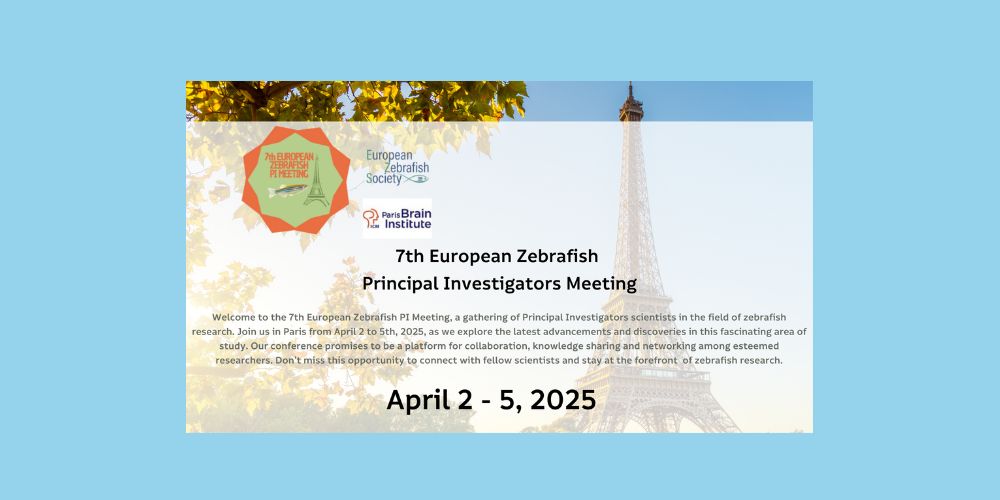Florian Gigl
Doctoral Researcher – Department Evolutionary Ecology
and Environmental Toxicology (E3T) Faculty 15
From Professor Henner Hollert Lab
Goethe University – Campus Riedberg
60438 Frankfurt am Main
Max-von-Laue Straße 13
Biologicum Sector C – Room 3.314
Tel.: +49 (0)69 798 42167
Mail: gigl@bio.uni-frankfurt.de
Investigation of the swimming behavior on the model organism Daphnia magna using the ToxmateLab (ViewPoint)
Introduction
My name is Florian Gigl. I am a PhD student at Goethe University Frankfurt a. M., Germany in the field of evolutionary toxicology. Here I am working with resurrected Daphnia from lake sediments and would like to investigate the acute and chronic effects of multiple stressors in the form of chemical exposure and climate change on the model organism Daphnia magna. Furthermore, evolutionary adaptations to different stressors will be investigated on a genetic level. Another interesting endpoint in this study is to examine the swimming behavior of the modern and ancient Daphnia clones. This investigation will be performed using the ToxmateLab. Based on this study we should be able to get an insight into the development of adaption mechanisms and to give an outlook for species development and survivability. Furthermore, this should be a tool to investigate future environmental protection goals.
The ToxmateLab allows to measure the locomotion/ behavior of aquatic macro-invertebrates under controlled conditions. This tool seems relevant for other species such as Daphnia. In the following we want to show how the ToxmateLab can be used to display the behavioral patterns in the form of swimming behavior. In doing so, we want to ask ourselves:
-
Is the ToxmateLab adapted to small organisms such as Daphnia?
-
Do continuous flow exposures allow to define new experimental designs, and in particular to measure the direct effects of chemical contaminants exposure as well as light, temperature change during the experiment?
General Protocol
Daphnia is an important model organism in the food web of limnic still waters. On the one hand as primary consumers food source for vertebrate in invertebrate predators. On the other hand, they are important consumers of algae, bacteria, and nutrients, which leads to a good eutrophication and quality in lakes, ponds, etc. To ensure the preservation of the population they use different behavioral defense techniques. The most important technique would be the vertical movement. By moving to deeper darker regions, daphnia escape visual predators (e.g., fish). At night, Daphnia move back to higher regions to feed on primary producers (e.g., algae). This behavior is related to the influence of kairomones (chemical signal emitted by predators). This movement process can be disturbed by the influence of chemicals, pesticides, and pharmaceuticals which disrupts their ability to survive. With the absence of predators, Daphnia swim to light, where primary production takes place. In the results for the behavior in the ToxmateLab we expect a stronger movement while darkness as Daphnia will try to find the light source (food).
Sizing
Continuous flow of water
Tracking also works in a good way – even for juvenile Daphnia , from 48h -. The flow-through doesn’t show any problems for the Daphnia, as they are living in limnic still waters, with less water flow.
Use of toxic substances
For the use of toxicants, it is important to know the bio-chemical parameters of the substance. In this study, for example, the polycyclic aromatic hydrocarbon (PAH) phenanthrene was used. It binds to plastic and therefore cannot be used in these panels.
Perspectives
Continuous flow of water
This problem should be solved by adjusting the mesh size and the flow velocity. This is also important because daphnia are still the most sensitive before their primiparity and show the greatest effect more strongly through exposure to xenobiotics and other toxic substances.
Use of toxic substances
This problem can be remedied by exposing the daphnia before using the ToxMate Lab. For this, the Daphnia must be washed in medium beforehand after exposure and only pure medium must be used during the movement study.
Method
Before the main experiment is generally stared, a pre-test with different aged Daphnia from laboratory breeding was performed to check the feasibility with the ToxmateLab. For this purpose, daphnia aged 2, 4 and 42 days were tested. The two-day-old daphnia played a particularly important role, since the acute daphnia immobilization test according to OECD 202 is supposed to be the pioneer for the investigation of the swimming behavior of chemically exposed daphnia. In my study, the swimming behavior of Daphnia will be investigated in a multiple stressor approach. Daphnia will be exposed to the polycyclic aromatic hydrocarbon (PAH) phenanthrene at 6 different concentrations for 48h. In addition, the test organisms are exposed to three different temperatures (16,20 & 24°C). After exposure, the daphnia are transferred to pure medium and used in the panels. Since PAHs bind to plastic, it would be counterproductive in this case to initiate a flow-through with a phenanthrene solution during the swimming behavior study. Statistics for swimming behavior were performed using an R-statistics protocol developed in-house at the department.
Results & Discussion
In our pre-testing first, we wanted to check the capability of tracking with different sized Daphnia. The results for 2 and 4d old Daphnia showed the typical movement behavior as described in the general protocol. The body size of 2d old Daphnia was big enough to stay in the panels. But what we figured out working with exposed Daphnia: The morphological development of body size in chemically exposed Daphnia varied considerably compared to control Daphnia. The 42d old Daphnia showed nearly no movement. In nature Daphnia do not grow that old as their ability of swimming decreases. What is also shown in the results.
Figure 1: Measurement of traveled distance [m] for different aged Daphnia magna (lab culture). 30min light and 30min dark
Figure 2: Panel design: from young (top) to old (bottom). One daphnia per chamber (8 daphnia aged 2d, 4 daphnia aged 4d, and 4 daphnia aged 42d)





